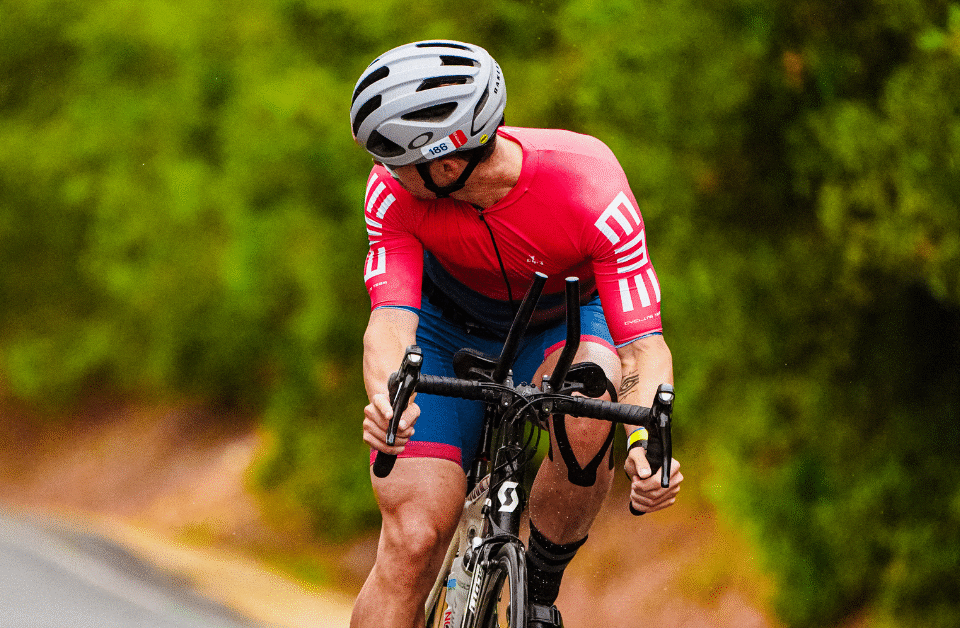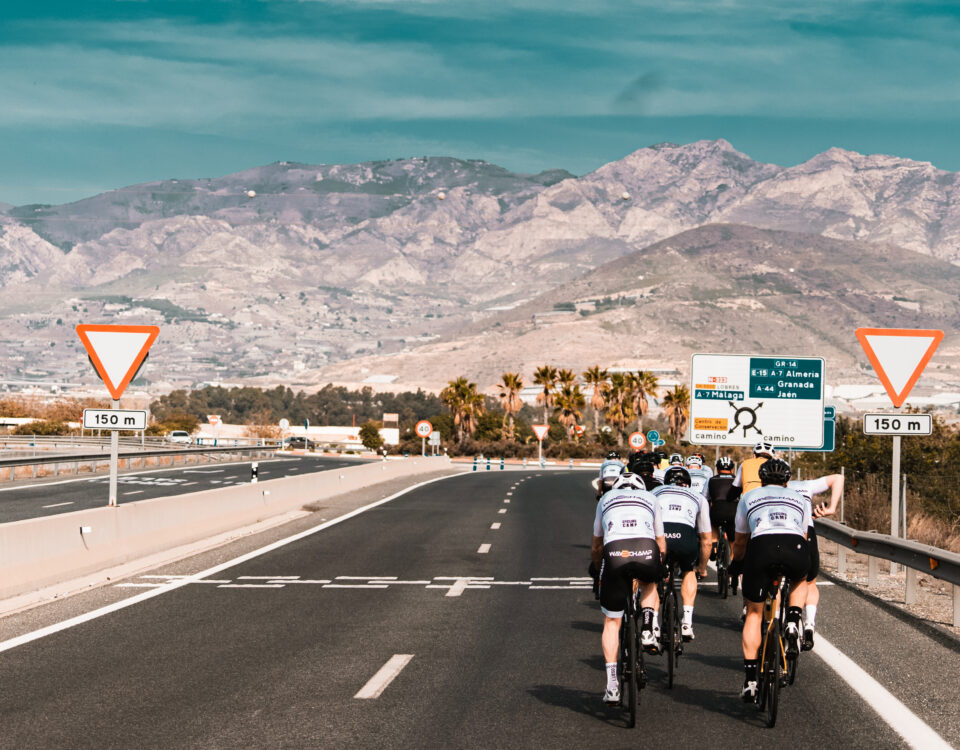
How to win a race?
13 September 2017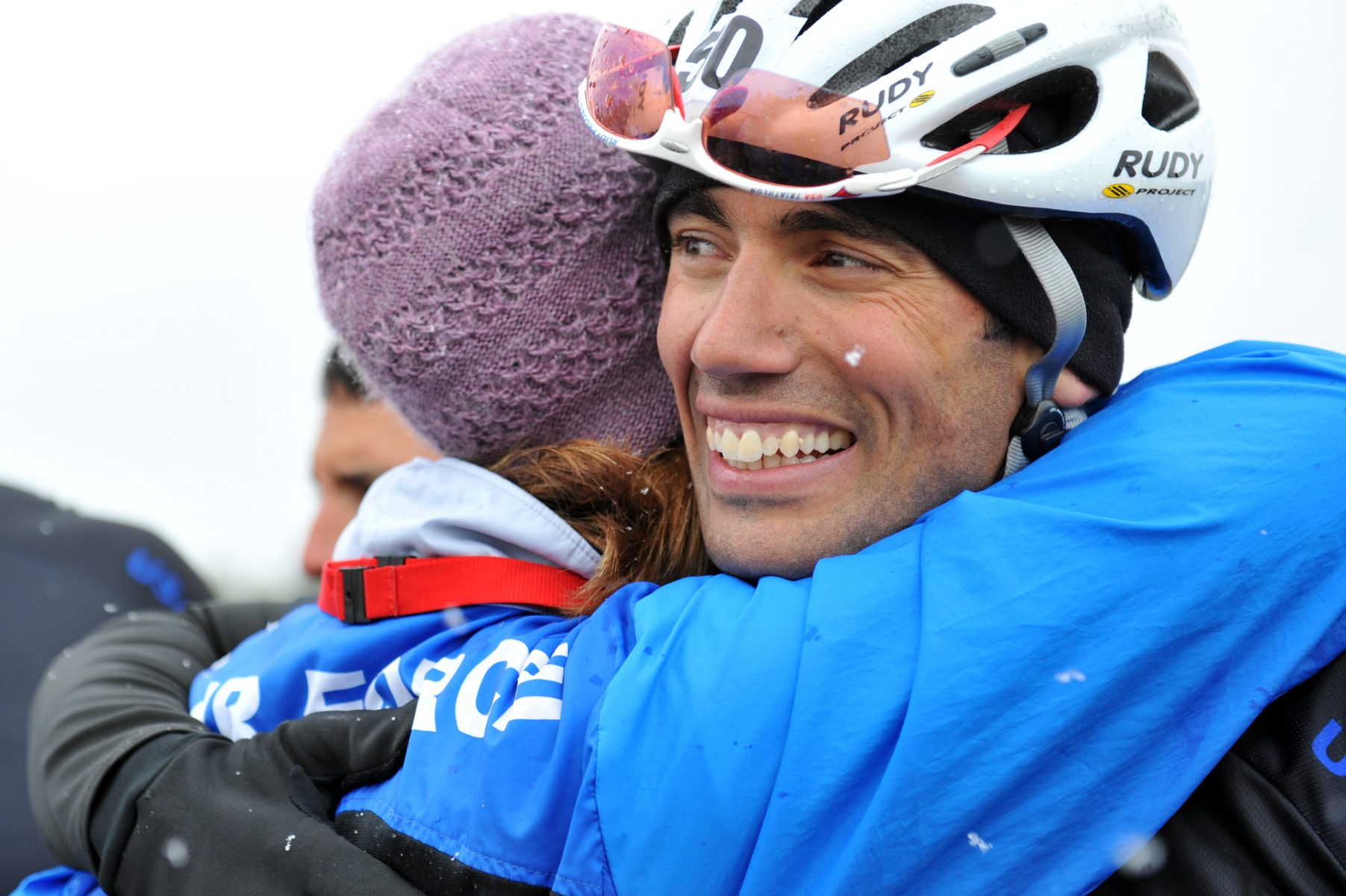
6 ways to find motivation for training
13 September 2017
There are several training rules, that will guarantee success if you stick to them. Find out these rules and start applying them if you want to achieve better results in cycling!
Individualization
What is good for one athlete is not necessarily good for others.
In training, the most critical thing is adjusting the loads (volume and intensity) as well as the length and nature of recovery breaks for each athlete individually.
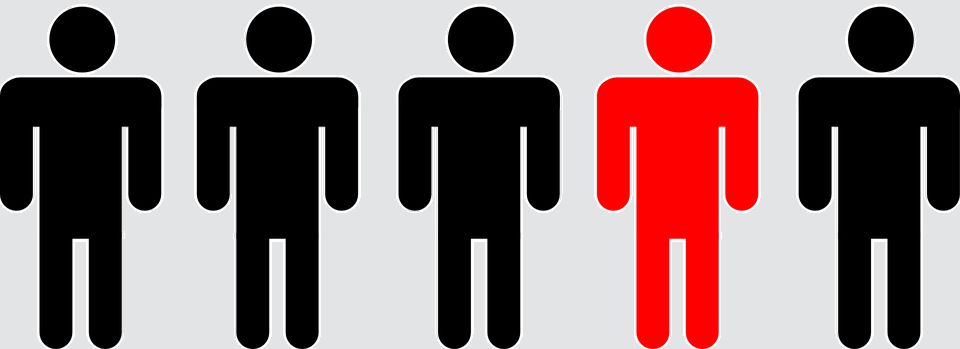
According to this principle, training is composed depending on:
- training experience
- set goals
- the nature of the target race
- time limitations
- the current level of efficiency
- route and terrain options
- equipment
- athlete’s psyche
Specificity
We train for the type of races that is the most important for us. The best option is to train in similar conditions, on the same equipment and route profile (if possible).
If we are preparing for a 20min time trial with a flat profile, with little technical difficulty, we try to adapt the primary workouts to this type of effort

When our goal is a high position in a mass-start event in the mountains (e.g., 3.5h with four climbs of 10-15 minutes), we must practice as often as possible a similar type of effort. First, we increase the volume at a slow pace, then we add some work on FTP and finally combine these elements.
Only by maintaining specificity can we improve in a given discipline to the maximum of our abilities. Thus, for example, running in the race season in the case of road cycling athlete is a disorder of this principle. Sometimes, of course, we can point out individual examples that break this pattern, but they are somewhat confirmation of the rule.
Progressiveness
Or in other words, a constant increase in loads.
An increase of physical condition takes place when we use bigger/heavier loads, and our body adapts to them correctly.

This principle also assumes the inverse of this scheme. That is, if the load is smaller/lighter than previously, then further adaptation goes back or stagnates the form. Sometimes it is related to the physiological capabilities of the body.
Load variability
It assumes the inclusion of different forms of training sessions in the plan, which prevents the athlete from falling down on motivation and provides a multitude of adaptive stimuli for the body.
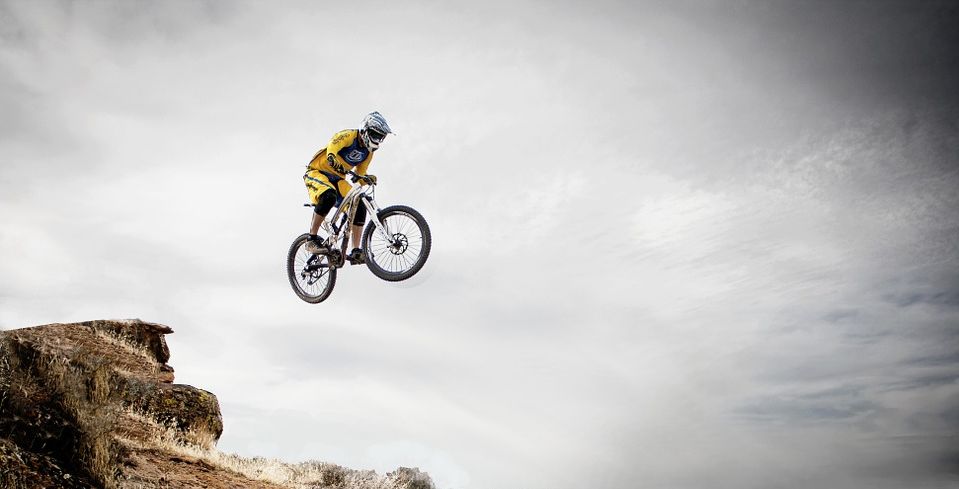
In other words, the training should be varied so as not to be boring. In the training plan, I sometimes include unstructured workouts based on athlete’s discretion, to let the athlete relax mentally and to escape from the training regime for a moment. Breaking even the best plan can work wonders, as it may be too hard mentally otherwise.
Periodization
It is nothing but an arrangement of training preparations in cycles and phases, between which recovery breaks occur.
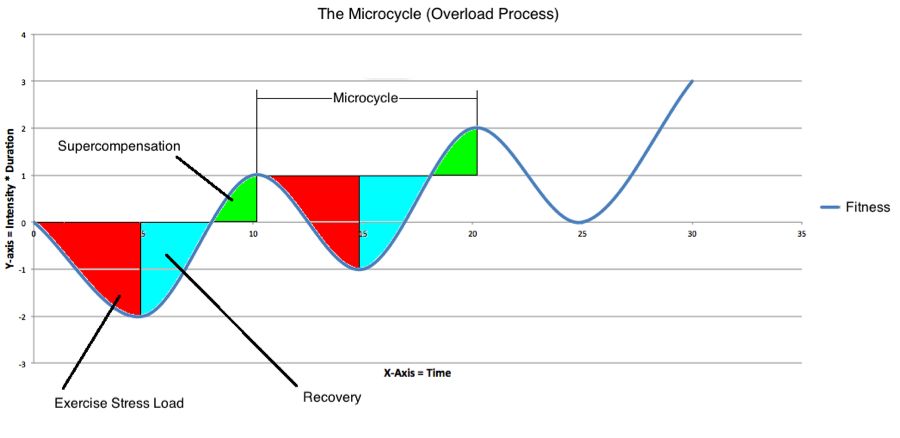
In the simplest terms, we can divide the training year into six mesocycles, which we use in Way2Champ:
- Preparation
- Power Foundation
- Power Build
- Pre-Race
- Race
- Transition
Each new stage assumes the increase in loads up to the primary race before which the descent from the volume occurs and training is explicitly set for the primary race. Periodization aims at gradually building the athlete’s physical shape, on a stable base as a foundation for the whole season.
